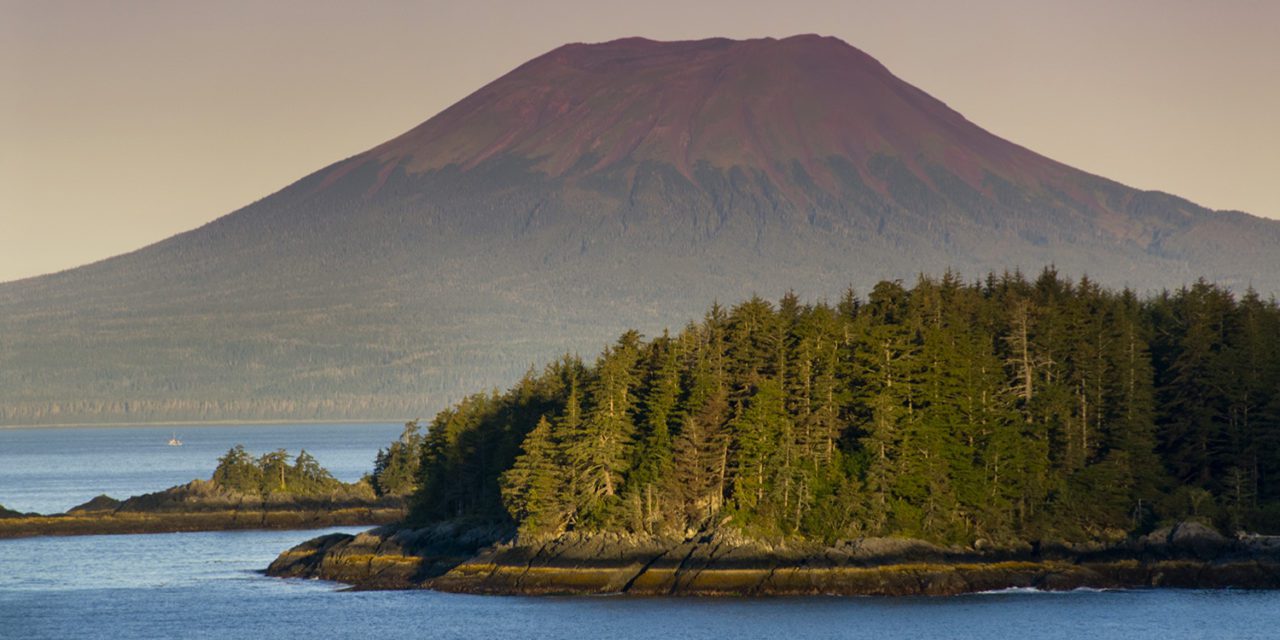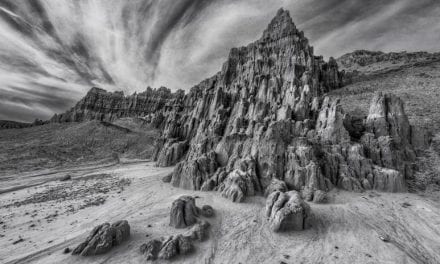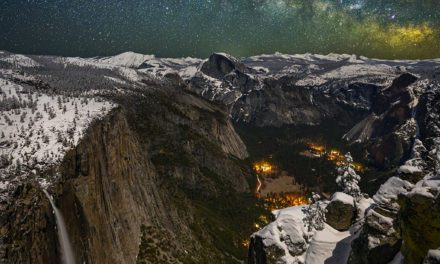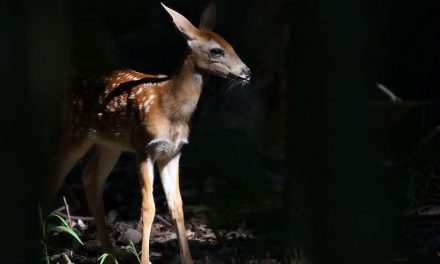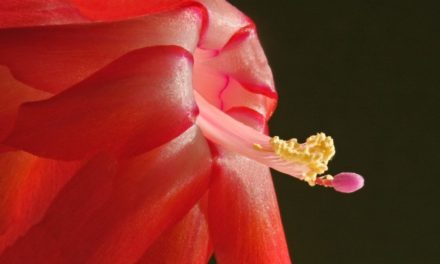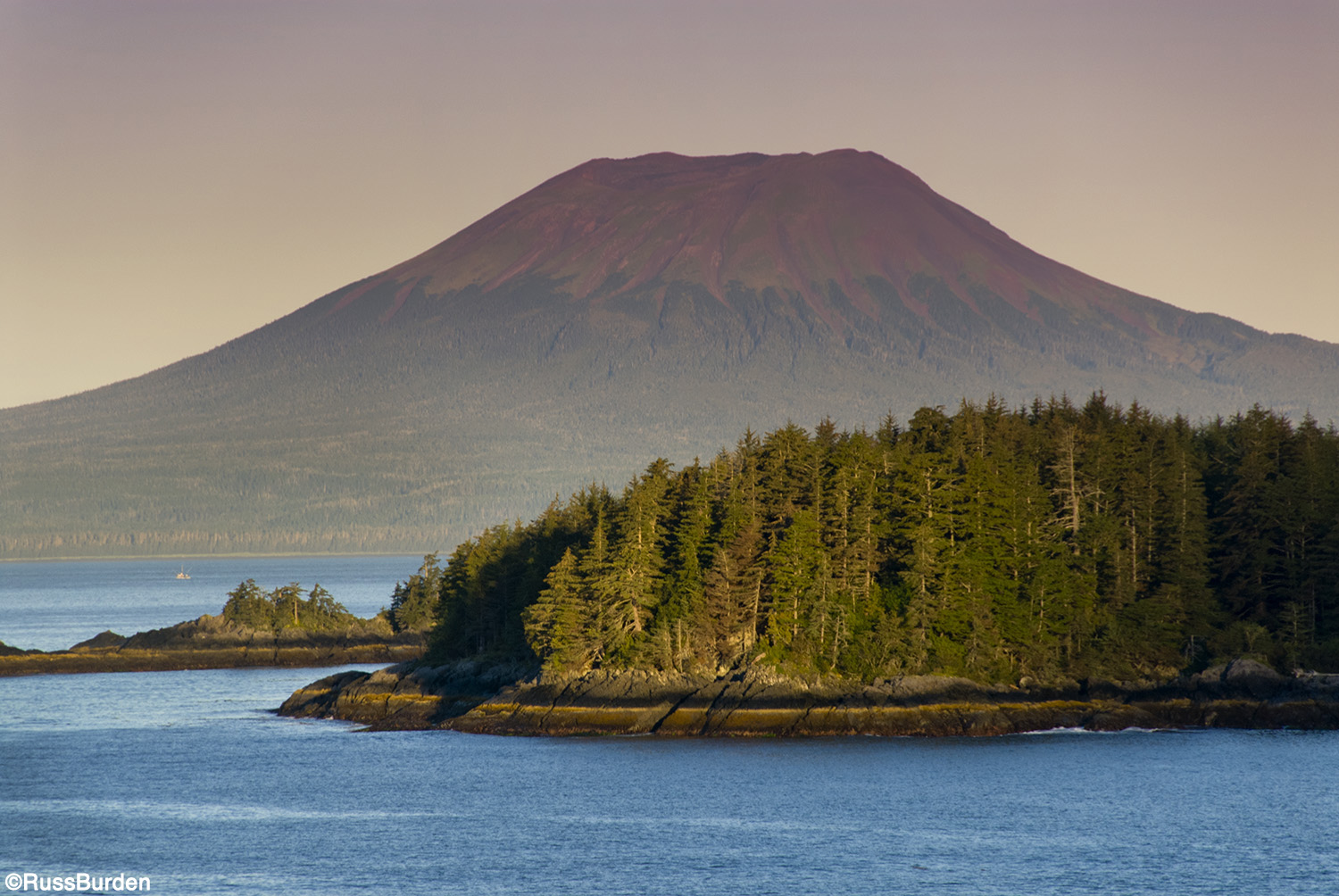
Spectacular landforms appear in every corner of the Earth. Where water meets land, gorgeous arrays of sea stacks and beautiful sandstone arches abound. New landforms are created every day as volcanoes erupt and change topography by the minute. Deserts with spring and summer wildflower displays, majestic mountains, sprawling canyon overlooks, rainforests with waterfalls, rolling hills with old-growth forests and more all beckon eager photographers to preserve them in special moments of dramatic light and magnificence. Mother Nature placed her signature on our planet and continues to write more as the land slowly changes.
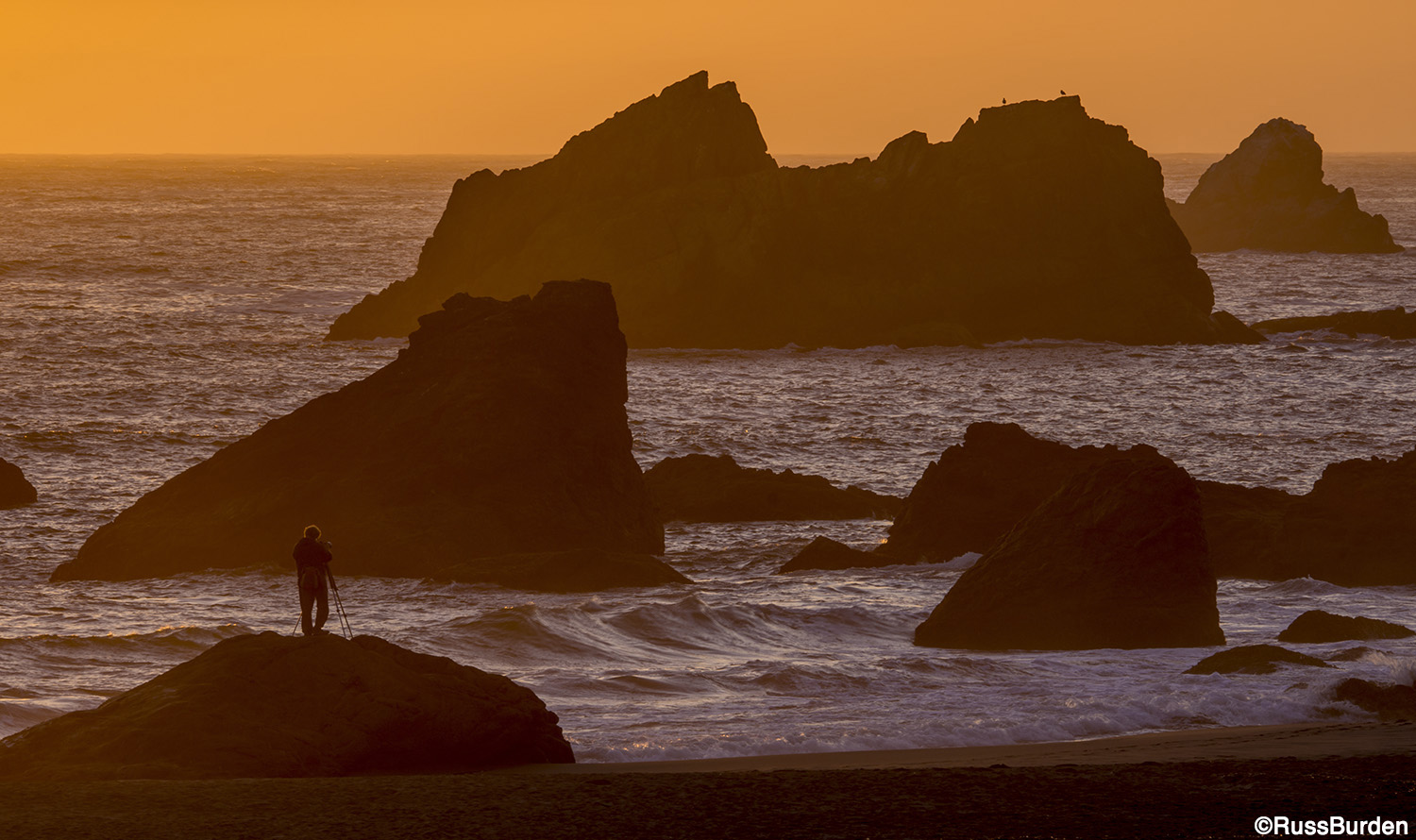
At this point in time, it seems as if photographers have “found” all her special photographic places, but has every inch of land been explored leaving no potential undiscovered treasures to reveal? I’m not a betting man, but I’d wager there are noteworthy locations yet to be photographed. The reason I address all the above is man has learned to adapt to the places that have become so popular and built roads and byways to access them. The sad aspect is some show a lack of respect for the gifts nature has bestowed. Wildlife has also learned to adapt to its environment. Perhaps we need to take a page from one of their books so the areas can sustain themselves.
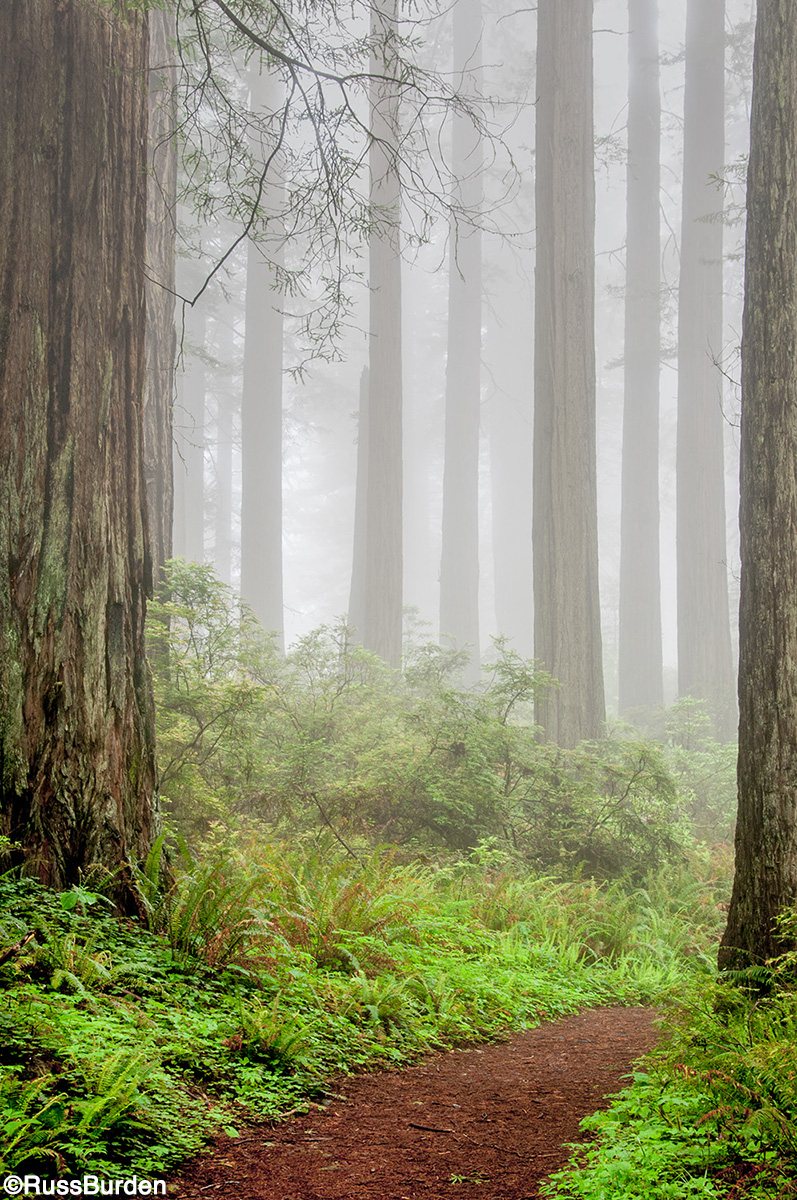
These places are notable and possess an allure that attract more than just photographers. Artists of all kinds frequent them and all hope to be inspired by what they witness. Painters carry easels and interpret what they behold in oil, watercolor and chalk. Sculptors and other 3D artists bring cameras to record what they see and mold creations in their studios. Regardless of the media in which they’re preserved, these places must be respected so future generations can share the same glory our ancestors celebrated. Whether the landforms were cut by rivers, uplifted by faults or folds, carved by the wind or eroded over time, let us all enjoy these natural etchings and challenge ourselves to capture them using our own unique perspective.
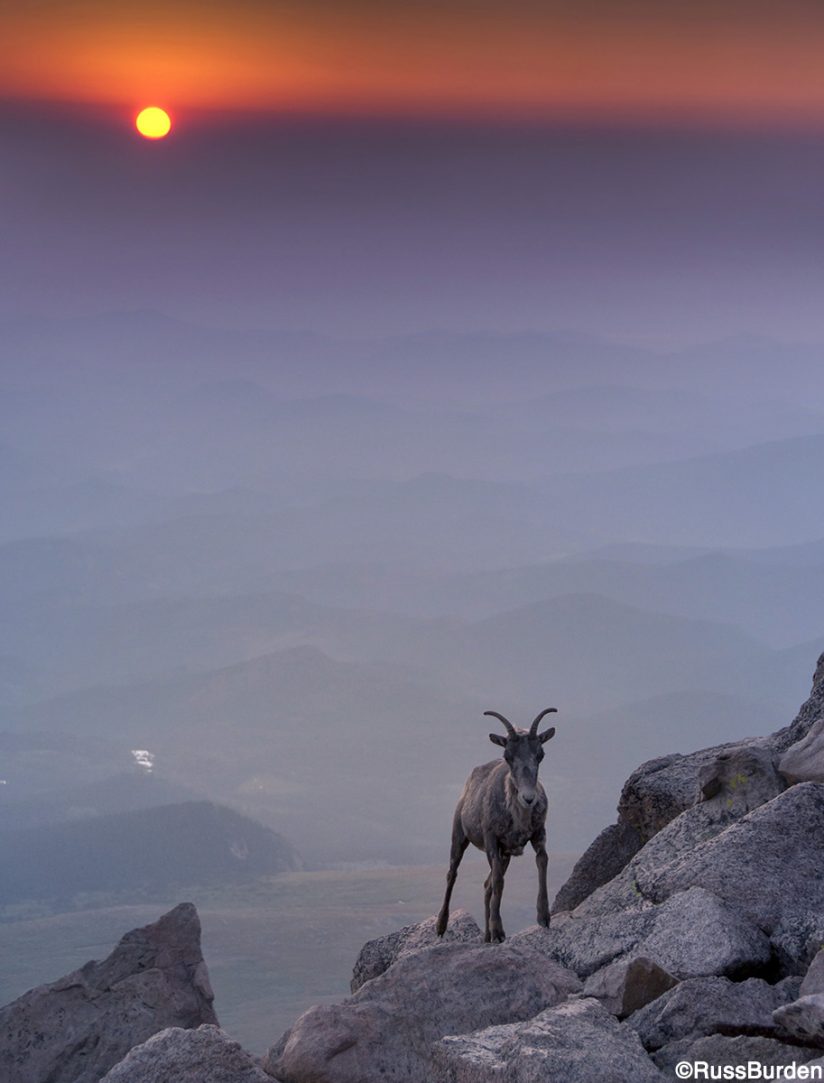
As stated above, wildlife exists by instinct and doesn’t abuse their environment. They have no reason to mistreat their terrain. Their intuition controls their “thinking.” Note the image of the big horn sheep at sunset. I’m lucky enough to live relatively close to Mount Evans in Colorado. On the mountain, a road was constructed that allows vehicles to traverse to the summit at 14,000-plus feet. I feel lucky that the wildlife has adapted and man can exist with the animals in harmony. Here’s to hoping that doesn’t get exploited.
Also included in this week’s tip is a photo of downtown Denver from City Park. Early settlers traveled west and saw the mountainous barrier they encountered. Henceforth, Denver was born. It’s beautiful to live in an area of big city convenience and still be so near to the gorgeous views and opportunities the mountains present. Here’s to hoping it remains cherished.
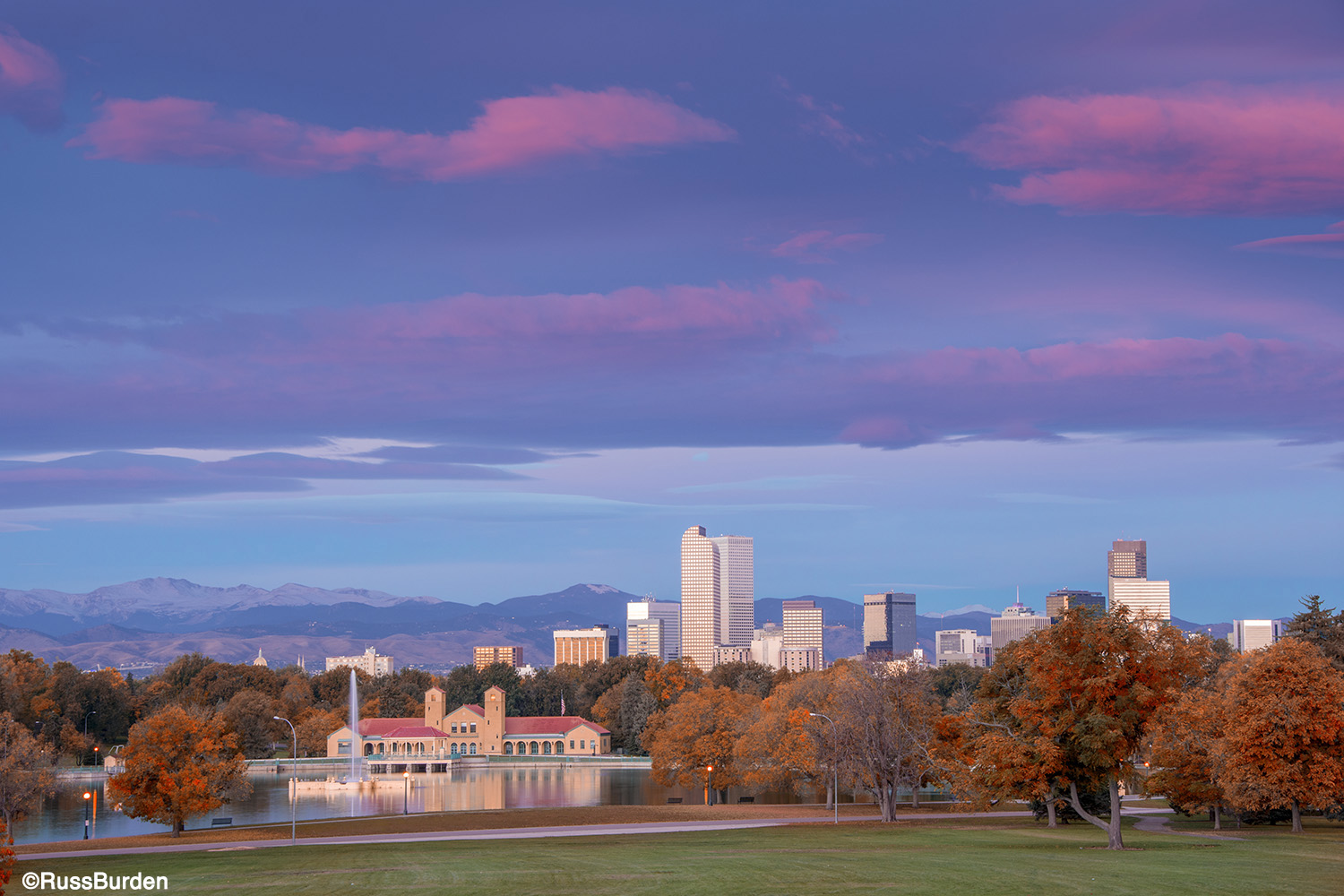
The geology, topography, land and sea of the earth is hugely diverse. An area of the western U.S. coastline I’ve always admired for its rugged looks and its peaceful, calm and serene locations is the coast of Oregon. Sea stacks that arise from the Pacific stand like monoliths and provide amazing scenery for our raw sensors and minds to absorb and turn into photographic masterpieces. I love the way man has learned to interact with both areas.
The accompanying photo of the iconic formations in the ocean with the photographer absorbed in all he’s doing to capture its beauty is evident. It shows how man, nature, birds and serenity can unite and become one. Also found along the coast are the redwood forests in which I love to be immersed when they’re shrouded in fog. The quiet and peacefulness they emit promotes calm and relaxation. The trail man has made that allows visitors to experience the feeling amplifies the tranquility. May the trails always be enjoyed and respected.
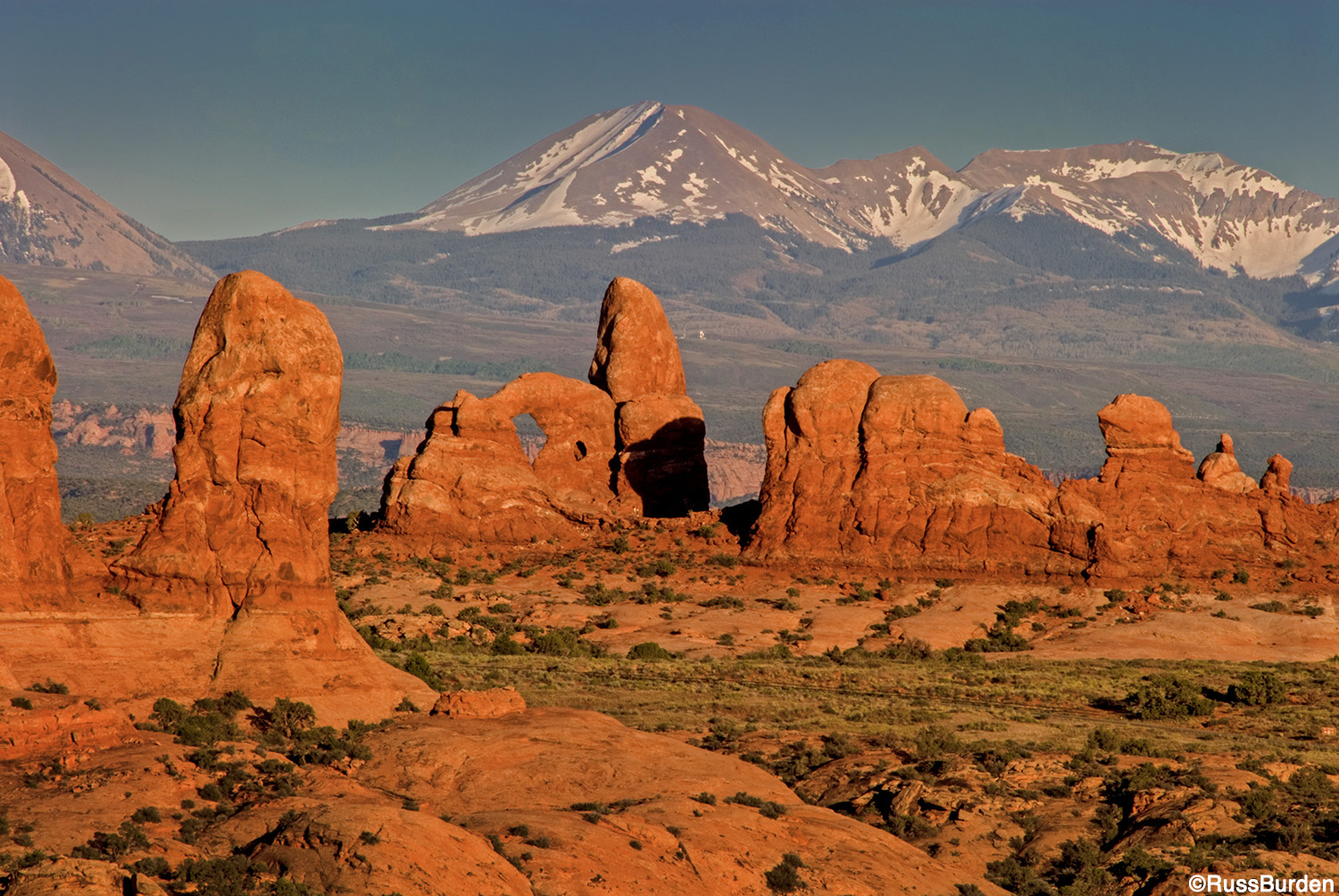
The image of Arches National Park in Utah proves that man and nature can work as one. As one of the most visited of all parks, it’s essential man adheres to its guidelines and restrictions. Future visitors and those not yet born who feel the same as we do and want to appreciate and photograph nature in all her glory need the opportunity. The photo of Mount Edgecumbe that was made while cruising the waters off Alaska is a testament that land, sea, air and man can all live in harmony. On the left side of the photo, in the water just below the dormant volcano, sits a small fishing boat. I’m ecstatic I never cloned it out because it proves how man and nature, again, can coexist.
Without the beauty of nature that surrounds us everywhere, we wouldn’t have the amazing landforms and wildlife we enjoy to photograph. While this week’s tip doesn’t share ƒ-stop info or shutter speed hints, let it serve as a reminder to allow nature to sustain itself in the way it was meant to be so others can gain the same enjoyment that motivates us to do what we do with our cameras, mind, eyes and, most importantly, heart.
To learn more about this subject, join me on a photo safari to Tanzania. Visit www.russburdenphotography.com to get more information.
The post Adapt To Earth’s Topography appeared first on Outdoor Photographer.

